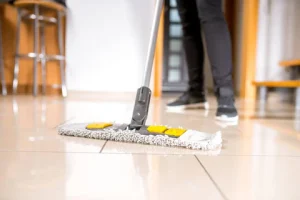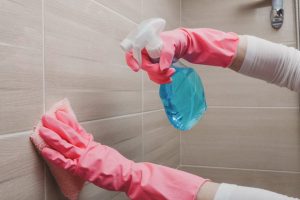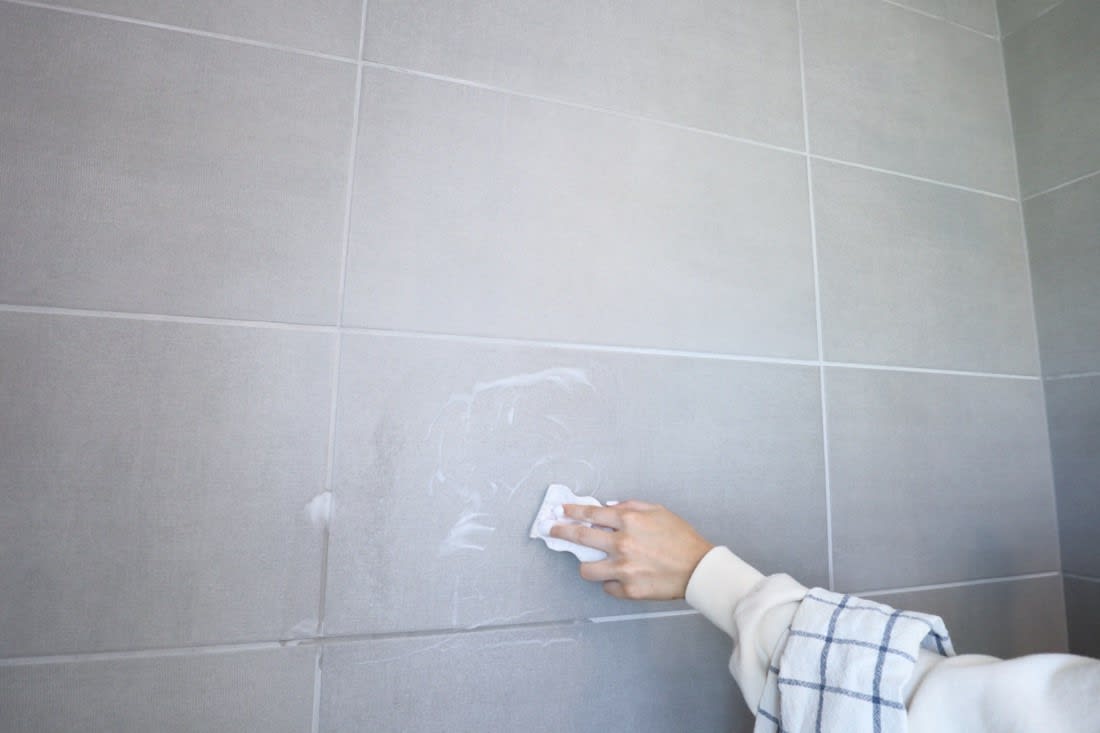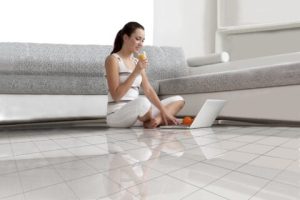Cleaning Kitchen Tile: What to Do About Mould and Mildew
Mould and mildew are common problems in kitchens, especially in areas with high humidity and frequent exposure to moisture. These fungal growths not only make your kitchen look unclean but can also pose health risks, causing allergies and respiratory issues. Removing mould and mildew from kitchen tile requires the right approach, using effective cleaning techniques to ensure a hygienic and fresh space. Understanding the causes of mould and mildew, the best cleaning methods, and ways to prevent future growth can help maintain a spotless kitchen.
Understanding Why Mould and Mildew Form
 Mould and mildew thrive in damp, warm environments, making kitchen tiles—especially around sinks, countertops, and floors—prime spots for their development. When water accumulates and is not properly dried, fungal spores settle and grow, forming unsightly black, green, or white patches. Poor ventilation, leaking pipes, and unsealed grout can exacerbate the problem, allowing moisture to linger and providing the perfect conditions for mould to spread.
Mould and mildew thrive in damp, warm environments, making kitchen tiles—especially around sinks, countertops, and floors—prime spots for their development. When water accumulates and is not properly dried, fungal spores settle and grow, forming unsightly black, green, or white patches. Poor ventilation, leaking pipes, and unsealed grout can exacerbate the problem, allowing moisture to linger and providing the perfect conditions for mould to spread.
The difference between mould and mildew lies in their appearance and growth pattern. Mildew is typically white or gray and appears as a surface-level fungus that can be wiped away easily. Mould, on the other hand, tends to be darker, with a fuzzy or slimy texture, and can penetrate deeper into surfaces, making it harder to remove.
Choosing the Right Cleaning Solutions
Effectively cleaning kitchen tiles covered in mould and mildew requires a suitable cleaning agent. There are both chemical and natural solutions that can help eliminate fungal growth.
Bleach is one of the most effective mould removers. It kills spores on contact and helps lighten any stains left behind. Mixing bleach with water and applying it to the affected areas can significantly reduce the presence of mould and mildew. However, bleach should be used cautiously, as it emits strong fumes and can be harsh on some surfaces.
Vinegar is a natural alternative that is both safe and effective. Its acidic properties help break down fungal growth, making it easy to wipe away. Spraying undiluted white vinegar on the tiles and letting it sit for about an hour before scrubbing can yield great results. Unlike bleach, vinegar does not produce harmful fumes and is safe to use around food preparation areas.
Baking soda is another useful ingredient in tackling mould and mildew. It absorbs moisture, neutralizes odors, and acts as a gentle abrasive. Mixing baking soda with water to form a paste and applying it to the affected areas can help scrub away stubborn stains while preventing future mould growth.
Hydrogen peroxide is another effective cleaner, known for its antibacterial and antifungal properties. Applying a 3% hydrogen peroxide solution directly onto mouldy spots and letting it sit before scrubbing can be a strong yet safe option. Unlike bleach, hydrogen peroxide does not leave behind toxic residues.
The Best Methods for Cleaning Kitchen Tiles
Once the appropriate cleaning solution is selected, applying the correct technique is essential. Start by wiping down the surface with a damp cloth to remove any loose dirt or debris. Then, apply the chosen cleaning agent, ensuring that the affected areas are thoroughly covered.
For stubborn mould and mildew, using a stiff-bristled brush can help lift the growth from grout lines and textured tiles. Scrubbing in circular motions ensures that the cleaning solution penetrates the surface effectively. In some cases, allowing the cleaning agent to sit for several minutes before scrubbing can enhance its effectiveness.
After scrubbing, rinse the tiles with clean water to remove any residue from the cleaning products. Drying the surface completely is crucial, as leaving moisture behind can encourage mould and mildew to return. Using a dry cloth or allowing ventilation to aid in the drying process can prevent moisture buildup.
Preventing Mould and Mildew from Returning
 Regular maintenance and preventive measures can help keep kitchen tiles free from mould and mildew in the long run. Keeping the kitchen dry is one of the most effective ways to stop fungal growth before it starts. Wiping down tiles and countertops after cooking or washing dishes prevents moisture from settling on surfaces.
Regular maintenance and preventive measures can help keep kitchen tiles free from mould and mildew in the long run. Keeping the kitchen dry is one of the most effective ways to stop fungal growth before it starts. Wiping down tiles and countertops after cooking or washing dishes prevents moisture from settling on surfaces.
Improving ventilation can also reduce the chances of mould formation. Using exhaust fans or opening windows while cooking or washing dishes allows humid air to escape, creating a drier environment. Dehumidifiers can be beneficial in particularly humid climates.
Sealing grout lines can offer additional protection. Grout is a porous material that absorbs moisture, making it a common breeding ground for mould and mildew. Applying a grout sealer periodically helps create a protective barrier that repels water and stains.
Regular deep cleaning is also essential for preventing fungal growth. Incorporating a routine cleaning schedule, including scrubbing tiles and grout with mild disinfectants, ensures that mould and mildew do not have a chance to establish themselves.
When to Seek Professional Help
In some cases, mould growth can become severe, spreading beyond the surface of tiles and penetrating deep into walls or floors. If mould continues to return despite regular cleaning efforts, it may indicate an underlying moisture problem, such as a hidden leak or poor ventilation.
Professional cleaning services can provide specialized treatments to remove mould effectively and prevent future occurrences. If there are signs of structural damage due to prolonged exposure to moisture, consulting a contractor to assess and repair the affected areas may be necessary.
 Ceramic tiles are among the most common bathroom surfaces due to their durability and affordability. They are relatively easy to maintain, but regular cleaning is necessary to prevent buildup of soap scum and mildew. Warm water mixed with a mild detergent is usually sufficient for everyday cleaning. A soft cloth or a non-abrasive sponge works best to wipe the tiles down.
Ceramic tiles are among the most common bathroom surfaces due to their durability and affordability. They are relatively easy to maintain, but regular cleaning is necessary to prevent buildup of soap scum and mildew. Warm water mixed with a mild detergent is usually sufficient for everyday cleaning. A soft cloth or a non-abrasive sponge works best to wipe the tiles down.
 Not all tiles are created equal, and using the wrong cleaning products or techniques can lead to damage. Abrasive cleaners may scratch delicate tile surfaces, while excessive moisture can weaken grout. Professional cleaners assess the type of tile and select
Not all tiles are created equal, and using the wrong cleaning products or techniques can lead to damage. Abrasive cleaners may scratch delicate tile surfaces, while excessive moisture can weaken grout. Professional cleaners assess the type of tile and select